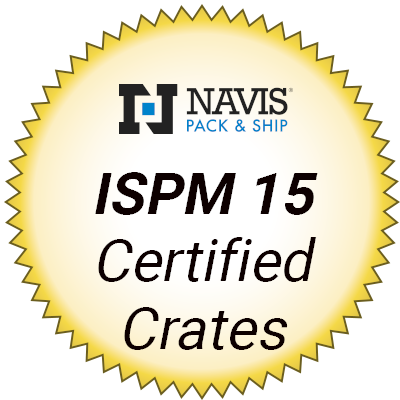Ocean Container Shipping Info
Please be sure you are well aware of the following considerations and have an opportunity to ask questions about any of these items PRIOR to a container arriving at your residence:
- Check to see if any permissions must be granted from local authorities to have a container left for the allotted time period. Any tickets or fines for zoning or code violations will be the responsibility of the homeowner.
- Check to ensure power lines, trees, narrow pathways, and other obstacles will not be an issue when planning where the container will be placed for loading. The container stands about 12’ total on the chassis. If the driver arrives and the resident is unable to load the items due to obstructions, the resident may be charged for a dry run of the container.
- Understand that the container does not get dropped on the ground. It will stay on the wheels (chassis) appx 4’ off the ground during loading. There is no loading equipment provided either (e.g. ramps, steps, lift-gate, etc.), nor will the driver be available to assist with the loading.
- Understand that a Drop/Pull service, when available, will typically double the live load rate.
- Customer must review and sign a Power of Attorney/Packing Declaration in addition to our other standard documentation. The Packing Declaration portion includes some prohibited items (hazardous materials, live plants, aerosols, etc.) that cannot be included.
- Understand that most countries have stringent Wood Packaging Material (WPM) requirements, including ISPM-15 requirements.
- The appointment time for delivery of a container is approximate. There are many factors that can interfere with exact arrival time…
- If a drop/pull service is selected, understand that it can typically stay a maximum of 3 days and must be dropped on a particular day (in correlation with the vessel schedule) to utilize those full three days.
- Understand the minimal insurance coverage that is available on “packed by owner” services.
- When loading the container, keep in mind that enroute, an ocean container can experience much hardship.
- Tilting: An ocean container can be exposed to tilt up to 40° in any direction when being loaded on and off the rail cars and vessels.
- Vibration: Containers are exposed to severe vibration during rail transport.
- Moisture: Ocean containers are water tight but they are still exposed to great levels of humidity, which can find its way in… Please be sure to surface protect anything that may be sensitive to moisture.
- Balance: Ensure you load is balanced evenly on the floor of the container. Severe unbalanced weight can cause a container to shift off of or out of a chassis, railcar, or vessel slot.
If a vehicle is also being loaded into the container:
- It is highly discouraged to have any items packed within the vehicle. This often causes damage to the loaded items and interior damage to the vehicle in transit.
- Must follow and sign a drain & disconnect certification form of the gas tank and battery.
- Will need to hire a tow truck company of some sort to lift the automobile to the height of the container and load.
Get a Shipping Quote
Customer Reviews
Navis Pack & Ship is rated

